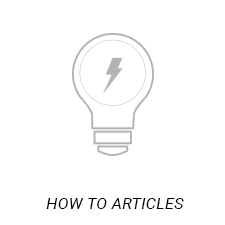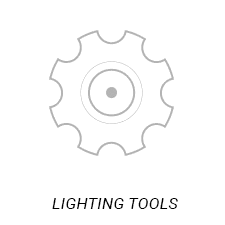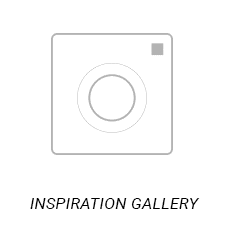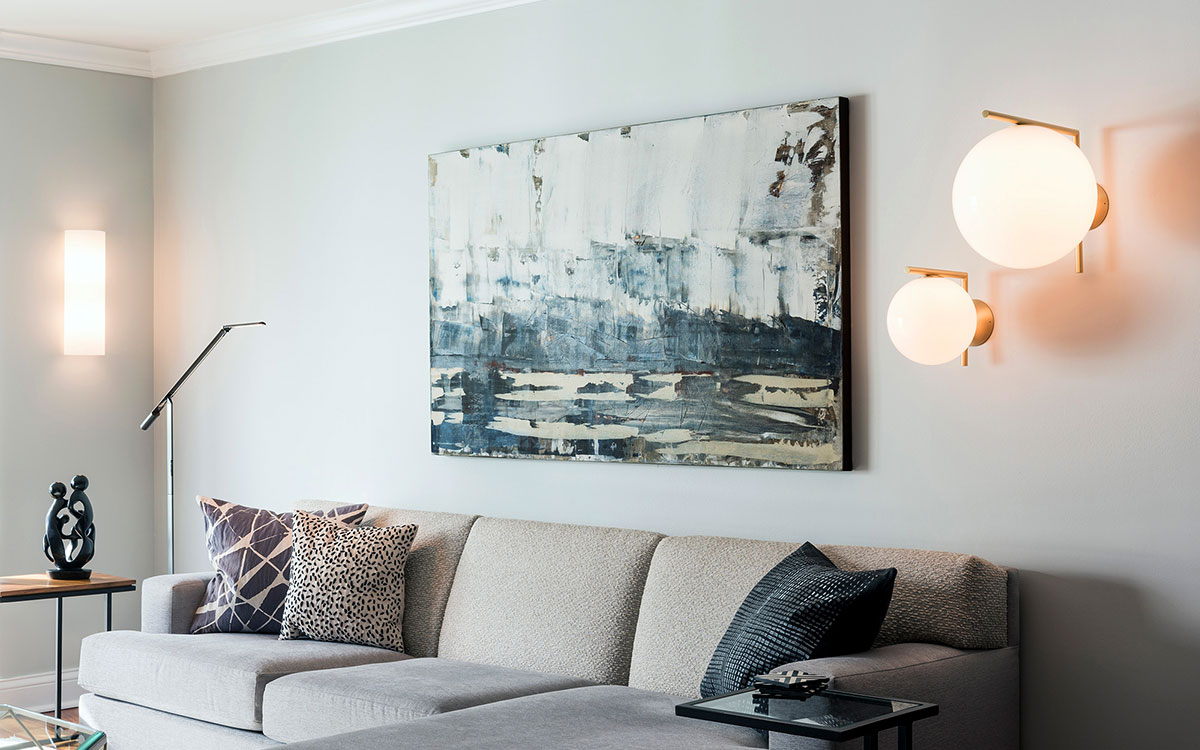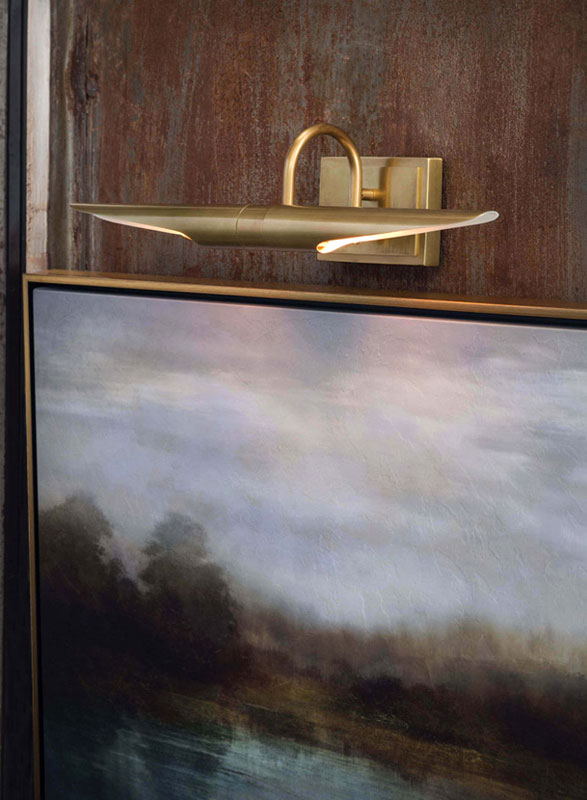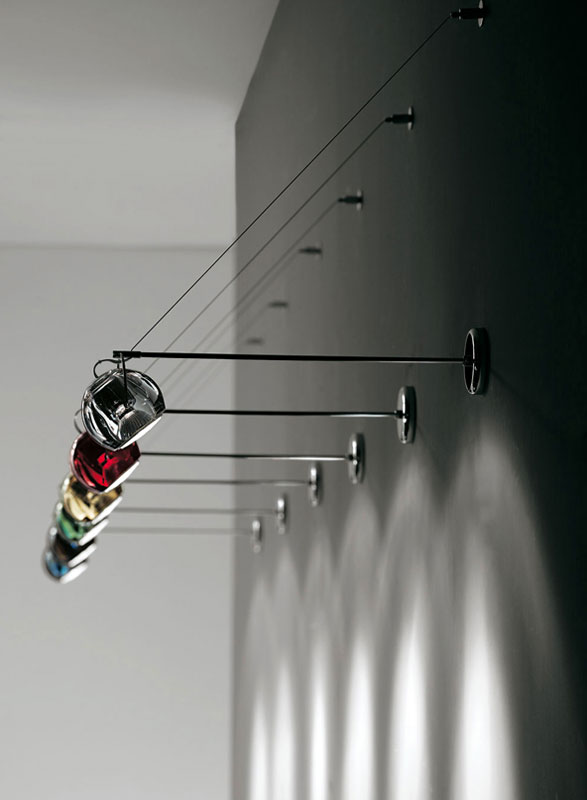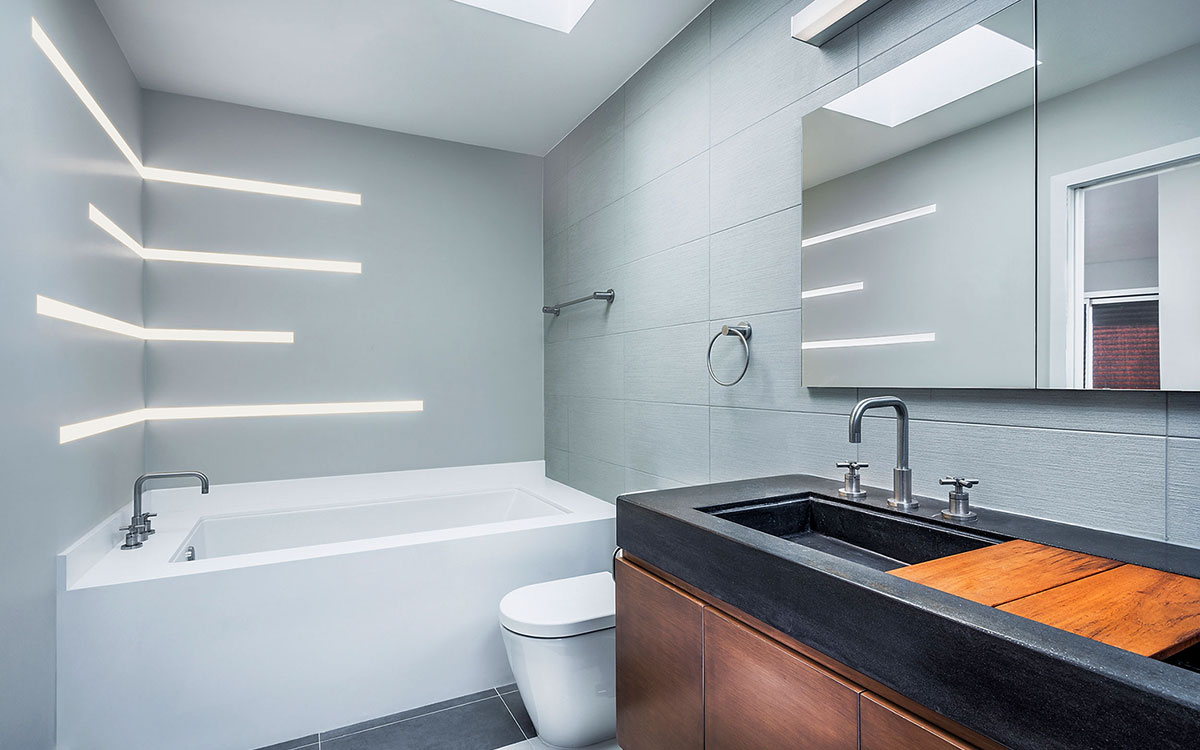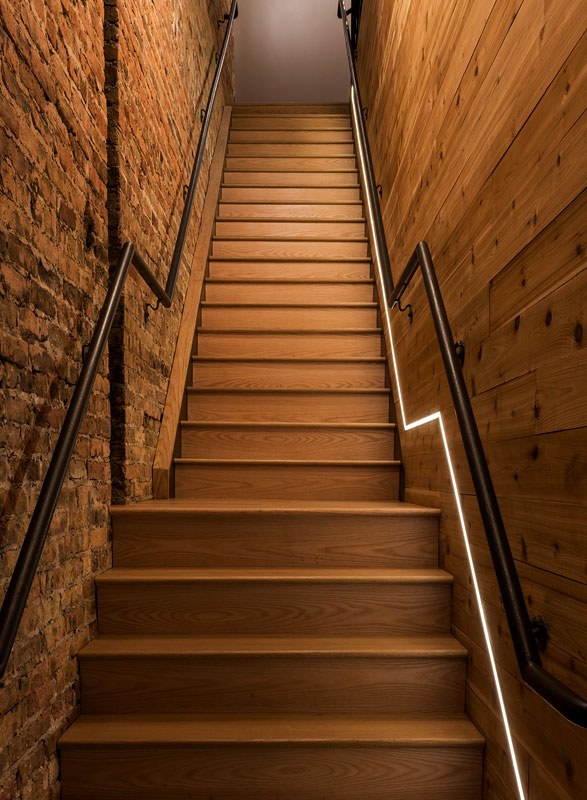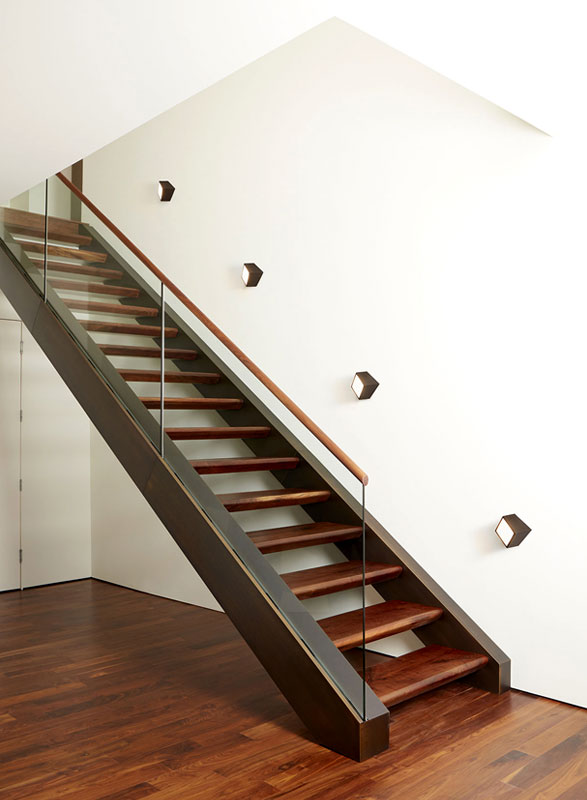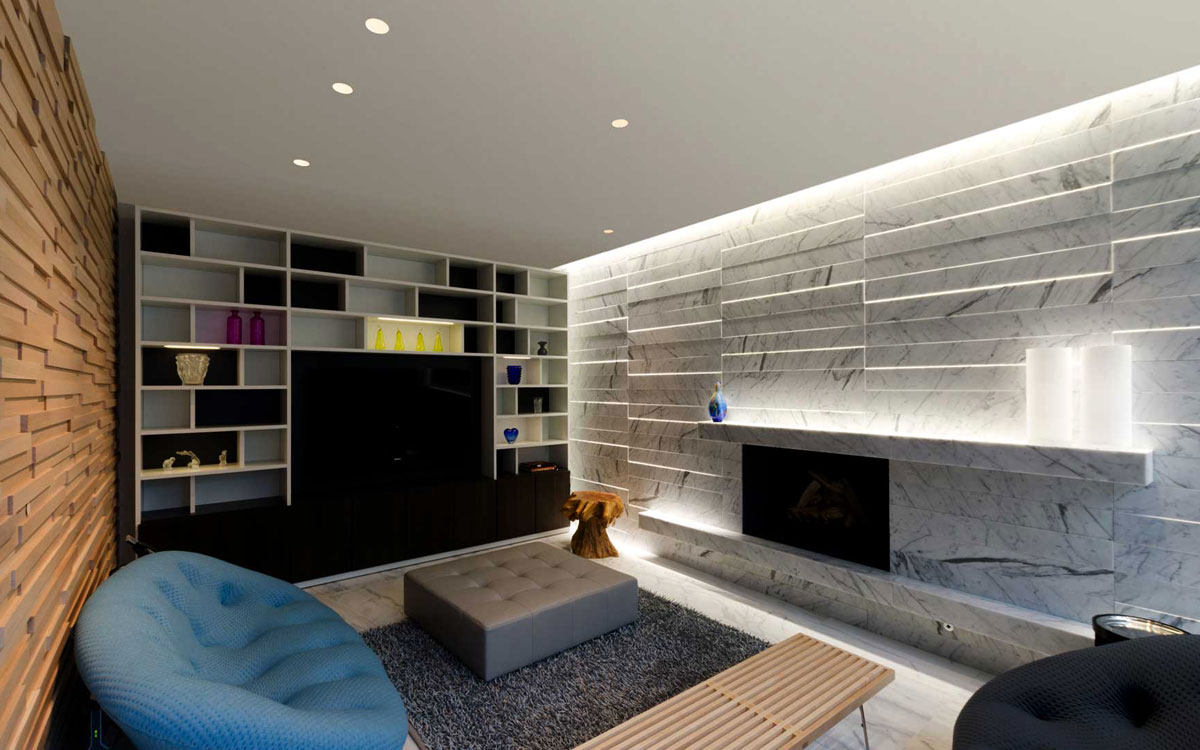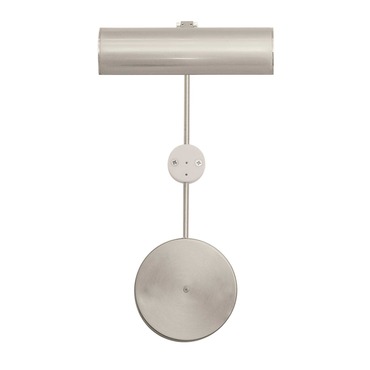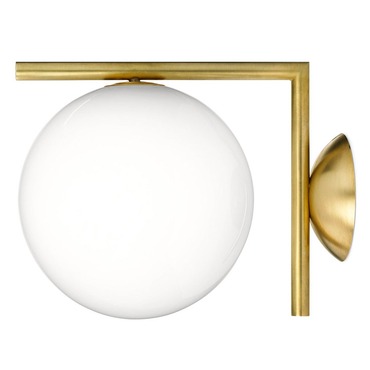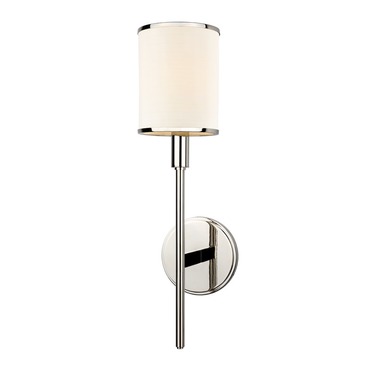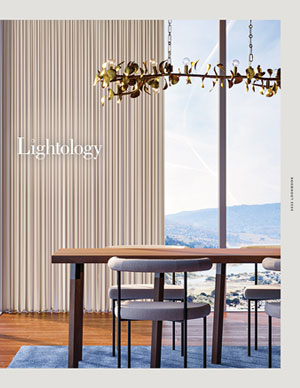- Showroom
- Design Services
- Support Center
- |(866) 954-4489
-
0
Your CartOrder Subtotal0.00
- 0
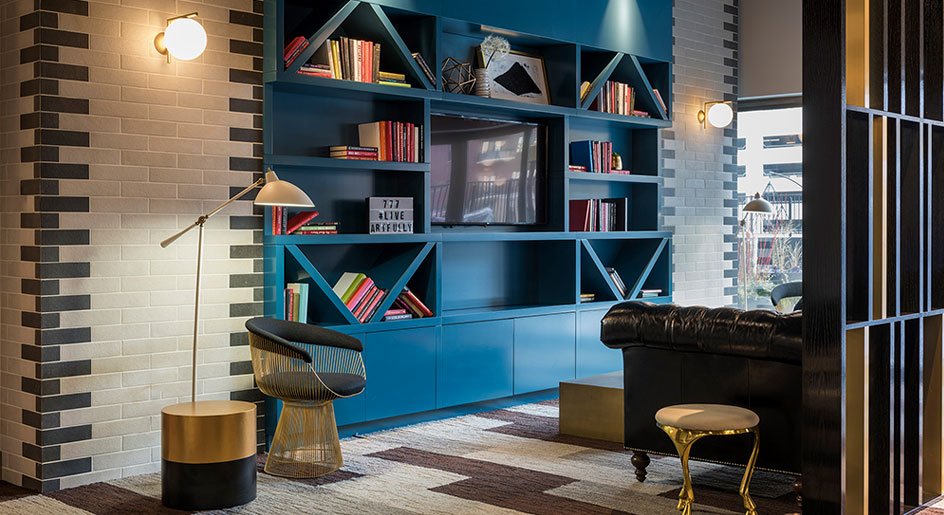
How Can I Light My Walls:
A Wall Lighting Guide
Wall lighting is the perfect addition to any room, a great way to make a space feel more inviting and complete, and a key component of any layered lighting scheme. Wall lighting makes a room feel brighter and larger while creating a pleasing atmosphere. Wall-mounted fixtures balance overhead light sources and add that little something extra to round out the décor. They are a great way to literally make a house feel like a home.
What room is the best place for a wall sconce?
Wall sconces are very versatile fixtures that can look and perform well in almost any room in the house. Install wall sconces in the hallway, stairway, bathroom, bedroom/bedside, dining room, living room, entry, flanking a fireplace, or in the basement.
How do I light art on my walls?
You have several options for lighting art and pictures on the wall. The route you go depends on the nature of your space, as well as the amount of time and money you are willing to spend. You can always use a standard picture light, which can either be hardwired or plug-in. The size of the art work determines the size of the picture light needed. PureEdge Lighting's Cody LED picture light is nice — its high CRI, warm white (3000K) light is dimmable with a standard low-voltage dimmer, and it comes in two different sizes.
New to the market is Revelite by Cerno. LED-based, what makes this art lighting solution great is the fact that it not only evenly illuminates the surface of an art piece, but it does so with extremely high color rendering. Viewers see colors exactly as the artist wanted them to be seen, unobtrusively as the fixture virtually disappears when one views the art.
Another option is to use wall monorail, ceiling monorail, or track lighting systems. This gives you the flexibility to add more lighting on the art work or move/change the art work along the rail, and it is a great solution if you do not yet know exactly where the art will go. This solution is ideal for art galleries with changing displays.
Finally, recessed adjustable fixtures are also good for lighting art. However, these can be more permanent and costly, as they need to be installed within the ceiling itself. Design tip: Be sure that the light hits the art at a 30 degree angle. View our Art Accent Chart to find the correct placement of recessed fixtures based on ceiling height.
Can I mount a reading light to the wall in my bedroom?
Yes! I would suggest using a swing arm reading wall sconce. This variety of wall-mounted reading light offers the most flexibility to move and adjust the light perfectly for reading. A wall sconce with a fabric shade will diffuse the light, delivering a nice warm glow in the bedroom. A reading wall light with a flexible gooseneck has a more utilitarian look and typically has a narrower, more focused beam for precision aiming. This is nice when you want to read at night without disturbing your partner. The cool-to-the-touch LED Night Owl by PureEdge Lighting is one of the best you'll find, and it's available in both hard-wired and plug-in options. There are also reading wall sconces that combine both styles in one-fabric shade sconces with additional reading lights attached.
How do I choose a bathroom sconce?
When selecting a bathroom sconce you have to consider a few things. If you are adding bathroom wall lighting to an area with a mirror, first determine the size of the mirror. If you have a small mirror (less than 28" wide), try putting one sconce on each side of the mirror, with the center of the fixture mounted 60" off the floor and about 28" apart. A great fixture for this is the Saber Vanity Wall Sconce by George Kovacs. It offers a clean, simple and classic look plus great performance, all at a really nice price.
For a large vanity mirror, a horizontal bath bar above the mirror is a good choice. Mount the fixture with the center about 78" off the floor. The best solution is to have a shade/diffuser over each bulb to evenly diffuse the light source.
I really like the Twiggy, Bardot, and Audrey LED vanity lights from PureEdge Lighting. They are versatile fixtures with minimal profiles and great, high quality light output. Their 2700K (very warm white), 90 CRI light provides even illumination with no glare. Available in many lengths, they look especially nice when mounted vertically on either side of the mirror but can also be mounted horizontally above the mirror, making it easy to custom-design your bathroom vanity lighting to suit own style and needs.
Also take into consideration room size. Larger rooms need more than just one source of light coming from the wall, such as an overhead fixture (ceiling surface mount or ceiling recessed).
Finally, wall fixtures in a bathroom should be enclosed to diffuse the light evenly throughout the space.
For more detailed information on bathroom vanity wall lighting, check out this Bathroom Vanity Lighting "How To".
What do I need to know about lighting my stairs with a wall sconce?
Install wall lighting in a stairway to illuminate a walking path and prevent injury, as well as provide decorative accents in the area. Step lights mounted directly into a stair's rise, or recessed above the steps in an adjacent wall are popular choices for a clean, modern look. The Port and the Sun3 by Edge Lighting are favorites around here at Lightology.
Wall sconces are also a nice touch and illuminate the area adequately. When choosing a wall sconce on your stairs make sure all sides are enclosed to prevent glare - you don't want to stand at the top of the staircase and be able to look directly at the bulbs of the sconces below. Also be aware of how far the sconce projects from the wall. When in doubt, look for an ADA sconce with a low profile of 4" or less.
If your sconces project further than 4" from the wall, mount them 6' above the step on the wall.
What is an ADA sconce?
ADA stands for the Americans with Disabilities Act, a law that sets out certain accessibility requirements for commercial spaces like restaurants and hotels. The ADA outlines that wall sconces in public spaces cannot protrude from the wall any more than 4" if they are mounted below 6'-8" above the floor. All ADA-compliant sconces have a depth of 4" or less.
Can I install any wall sconces outdoors, or do I need special fixtures?
Outdoor wall lighting must be wet rated, which the manufacturer will indicate in the product specifications.
What is wall washing? What is the difference between a wall washing fixture and a wall grazing fixture?
Unlike other wall lighting, wall washing and wall grazing fixtures are designed to direct light at a wall when mounted on the ceiling, recessed into the ceiling, or as uplighting mounted to the floor, rather than mounted to the wall itself.
Wall washing is a technique typically used to light flat walls. You get a nice, even distribution of light from floor to ceiling, bringing your attention to a large, smooth vertical surface. Wall grazing fixtures are designed to graze a textured surface such as stone or brick with light. Both techniques light vertical walls to make a space feel larger, brighter. Tip: For an eight foot ceiling, mount wall washing fixtures 18-24" from the wall at a 30 degree angle. Mount 10 degree beam spread wall grazing fixtures directly against the wall.
How do I install wall sconces? At what height should I install them? Can I mount a light on the wall if no outlet exists? Are there plug-in, decorative wall mounted options?
Wall sconces can mount to a standard junction box. Some have the capability to plug into an outlet, and most of the plug-in varieties can use a Hide-A-Cord that conceals the cord for a cleaner look. Most plug-in versions are of the swing arm variety, but ask your Lighting Consultant if they can help you find an option specific for your application.
Tip: In homes, mount wall lights 5'6" - 6' AFF (above finished floor). When considering where to install the fixture, think about the placement of the junction box in relation to the light source.
What is up lighting?
Up lighting is a nice indirect lighting solution that creates a warm glow and pleasing atmosphere. Up lighting is best utilized with other types of light sources as part of a layered lighting scheme. Look for an upcoming article on layered lighting to read more about the best way to achieve a great lighting design.
What else should I keep in mind when shopping for wall lighting?
Wall fixtures are mounted at eye level, so avoid open fixtures and exposed bulbs: you do not want to see the bulb when the fixture is on. Color temperatureand CRIare also important for wall lighting, as with any light fixture. Most people like 2700K-3000K light sources, which are warm, easy on the eye, and inviting. If you choose an LED fixture, assure high quality lighting by choosing a fixture with a CRI above 80.

